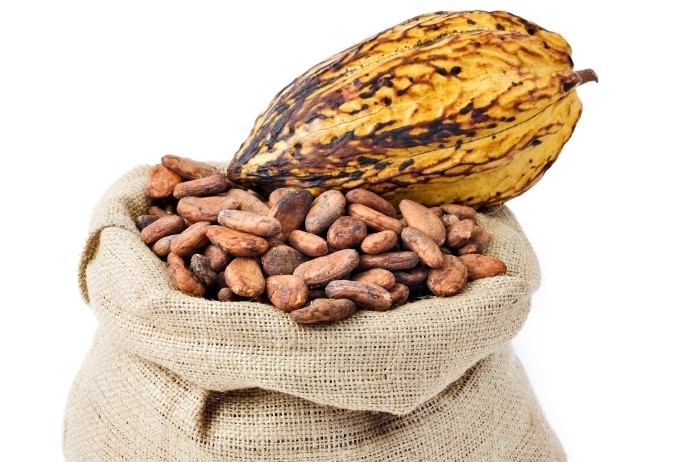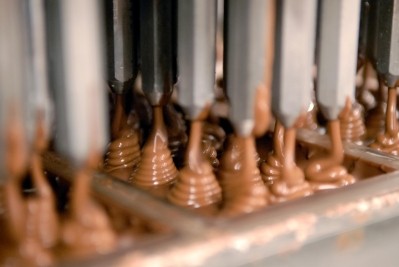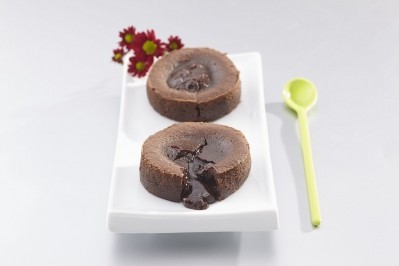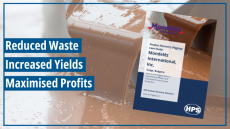Air velocity indirectly impacts cocoa browning during roasting: Study

A study published in the Journal of Food Quality found that while temperature remained the most influential parameter on the color of cocoa beans when roasted, air velocity also impacted the browning indirectly.
“Research has shown that the velocity of air flow does not directly determine the speed of reaction of the browning of cocoa beans, but it does affect the rate of heating and evaporation of water contained in the beans,” the Polish researchers wrote.
Findings showed that browning of cocoa beans could be achieved faster and at lower temperatures when using an air flow rate of 1.0 meter/second (m/s) during the roasting process.
A temperature of 130C, compared to the traditional 140C, ensured a desired degree of browning, with the 1.0 m/s air velocity.
However, when beans were roasted with an air velocity of 0.5 m/s, temperature had the greatest influence on the browning process.
The study said that optimal color is achieved in ‘dry’ air conditions, at a temperature of 135C and air velocity of 1.0 m/s.
Relative Air Humidity
The study also investigated the impact on relative air humidity (RH) on the cocoa browning process, but findings concluded that RH of 2-5% did not significantly affect the rate of appearance of the desired brown color in roasted beans.
It did note however, that the more favorable influence on color change comes from higher relative humidity levels of 5%.
Method used in study
Cocoa beans from the Ivory Coast – which had been subject to segregation before the roasting process – were used in the study. The beans were grouped according to size to maintain the uniformity of the roasting process.
Varied temperatures were used (110, 120, 130, 135, 140 and 150C), two velocities (0.5m/s and 1.0m/s) and relative humidity of ∼0.3–0.8% gave ‘dry’ air conditions and 2.0 and 5.0% ‘wet’ conditions.
The duration of the roasting process was determined when a 2% moisture content in the bean was achieved.
Each roasting combination and the analysis were repeated three times. After rejecting the extreme results, the results were averaged and the standard deviation was calculated.
The researchers concluded that the degree of change in the browning of cocoa beans significantly depends on two analysed air parameters – temperature and air velocity. Although the researchers did note that the latter has an indirect influence.
Source: Journal of Food Quality
Published online ahead of print, doi: 10.1111/jfq.12009
“Factors Affecting the Color of Roasted Cocoa Bean”
Authors: W. Krysiak, R. Adamski and D. Żyżelewicz










